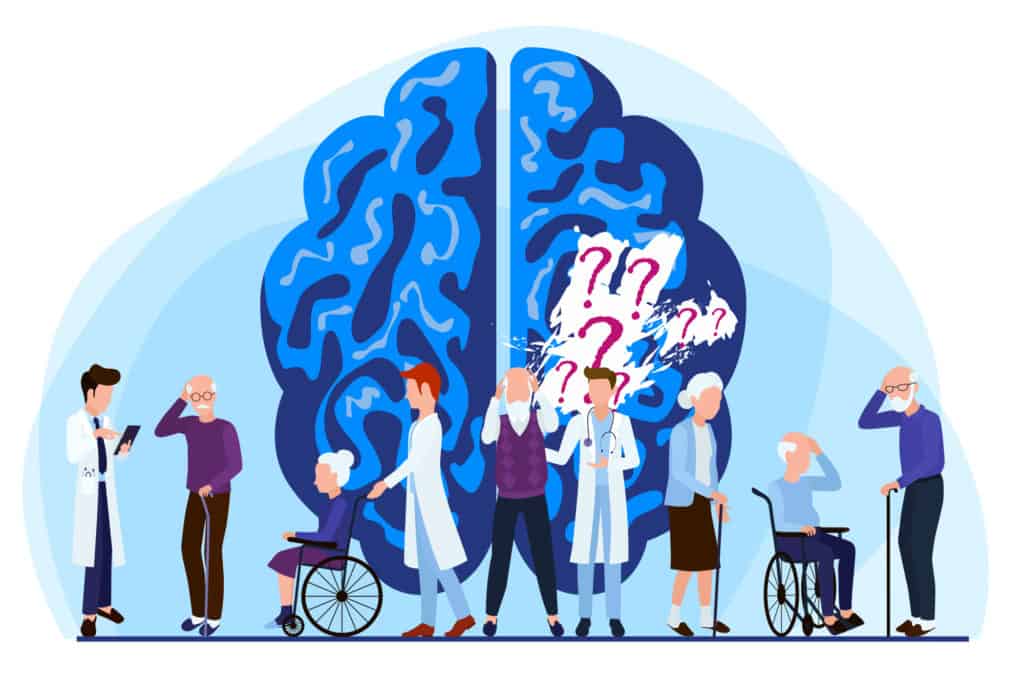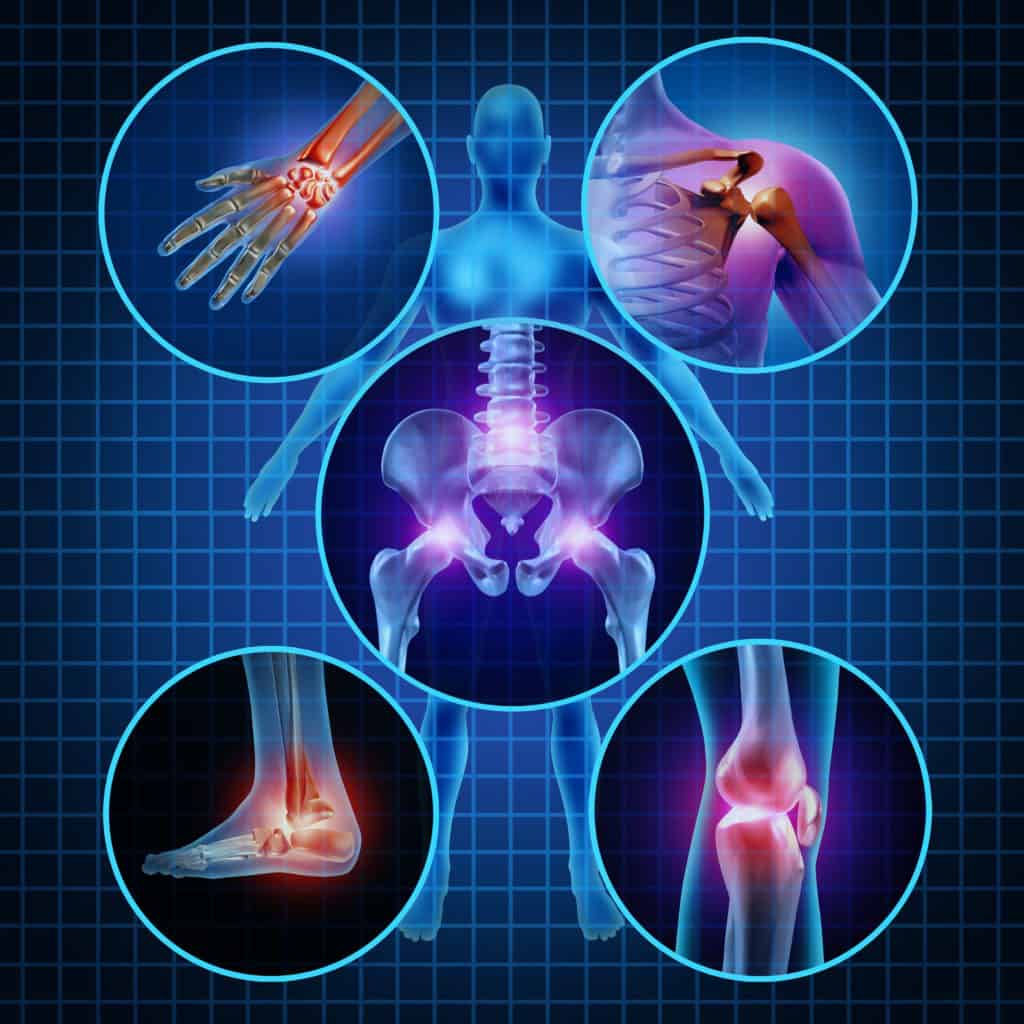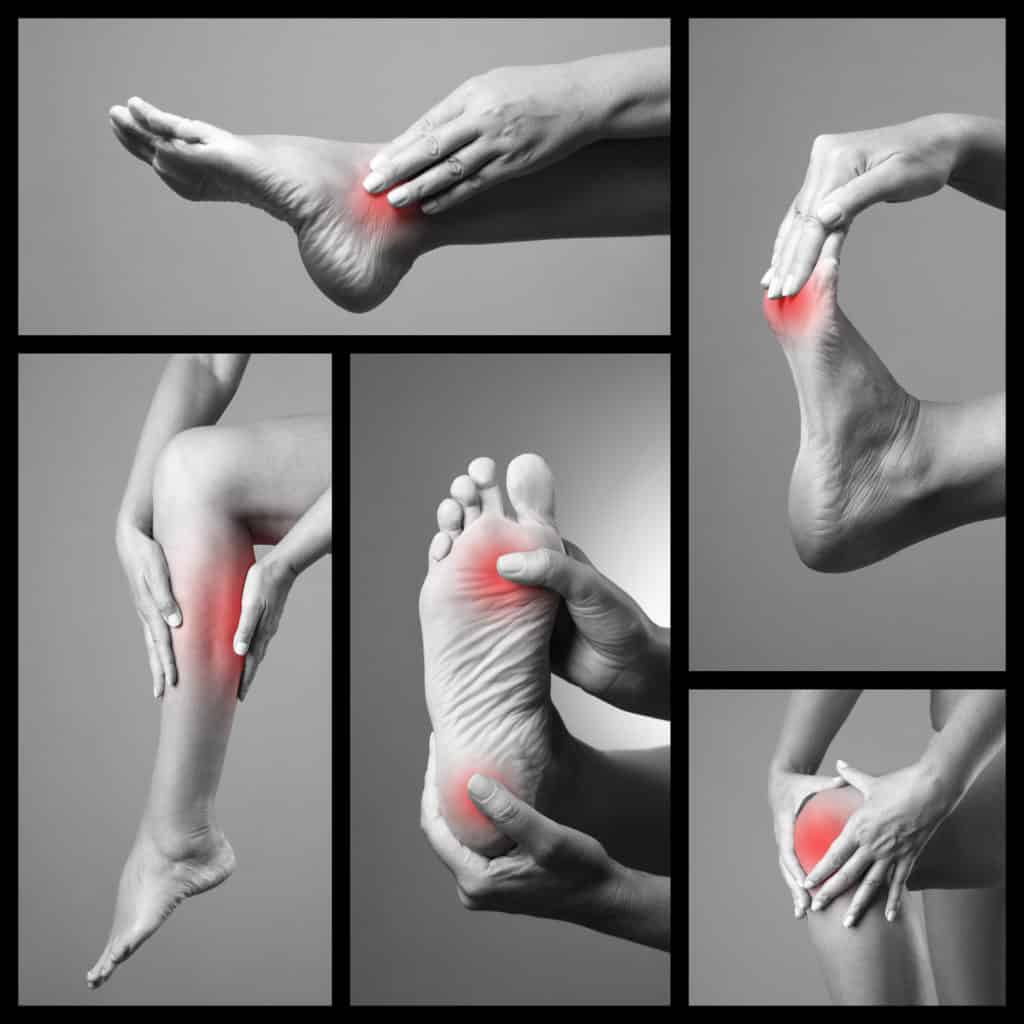
Are you considering Myofascial Release Therapy, but you’re unsure of the benefits, or you’re concerned about whether there is any validity in the claims that it can cure chronic pain?
Well, these are common concerns that we hear from patients when they first come to us, and they haven’t tried Myofascial Release Therapy before. But we can assure you that once they try it, the results speak for themselves.
However, one of the main reasons people are still unsure of (or downright doubt) the benefits of Myofascial Release Therapy is because the term “Myofascial Release” is used too loosely. By everyone from fitness fanatics battering themselves with foam rollers to poorly qualified massage therapists who naively confuse “myofascial release” with what they’re doing. Which is straightforward “muscle relaxation.”
Unfortunately, a simple massage or quick daily roll on a foam roller won’t cure chronic pain – especially if you’ve been in pain for a long time. They’re helpful and enjoyable/satisfying things to do, of course. But they both work on a superficial level, so any relief you feel from the pain or other symptoms will be transient and temporary.
Proper Myofascial Release Therapy – performed by a qualified and experienced John F Barnes’ therapist – works on a much deeper and more effective level.
More Blogs From Michael Sudbury
Who Is John Barnes?
Can Anyone Have Myofascial Therapy?
Are There Side Effects To Myofascial Release?
What Are The Benefits of (Proper) Myofascial Release Therapy?
Myofascial Release Therapy – the type we perform at Release Works, is more effective when you have a series of sessions over a reasonably short period. Still, most patients feel relief from the intensity of pain or other symptoms after just one session. Here are some of the benefits you can expect from this type of therapy when a well trained Myofascial Release Therapist performs it:
- Reduces stress and helps with overall relaxation
- Better circulation in the painful, affected areas
- Decrease in soreness, pain, and other adverse symptoms
- Aids the natural recovery of the body
- Better range of motion and mobility
What Is Myofascial Tissue?

And What Does It Have To Do With Chronic Pain?
“The fascial system is one of the most important structures of your body and is significantly tightened from physical or emotional trauma, which produces crushing pressure on pain-sensitive structures.”
– John F Barnes, PT (the creator of Myofascial Release Therapy)
Fascia is a network of connective tissue that holds and keeps all the organs, bones, muscles, tissues, etc., in their position inside the body. It is a network of connective tissue spread throughout the entire body. In appearance, it is like a single web. Although, there are many local specialized structures made from collagen, elastin, and Hyaluronan.
Hyaluronan specifically is a liquid-like substance found between the fascia layers, which provides flexibility and movement. If this substance dries up, gets sticky, or thickens, it impairs the corresponding part of the body.
The whole system is connected as one. So, when you feel pain or stiffness in your body, it can originate from various places inside the body. Almost like the end point of a domino effect.
The primary way chronic pain, and pain caused by the fascia, differs from other types of pain is that it can arise anywhere along with the network of connective tissue. This difference makes locating the real cause of the pain or problem more challenging, because it is not, contrary to popular opinion, caused by one “thing.” Instead, pain and break downs are caused by the accumulation of multiple issues in the fascial web of tissue and the resulting stresses they cause. Often, these “sources” are nowhere near the spot that hurts.
In simple terms:
In general, myofascial tissues are elastic and move easily. When things go wrong and they get taut, sticky, or solidified, they affect joint and muscle movements. Plus, when there is any attempt by your body to compensate for any loss of movement, it can lead to further tightening, thus resulting in more discomfort and pain.
Myofascial Release Therapy helps reduce chronic pain by assisting your fascia to return to a more elastic and flexible state. When there is blockage of any kind in the fascia, myofascial release therapy relieves pain, inflammation, and discomfort in the affected area.
The therapy itself involves gentle pressure into or traction of the fascia. With continued pressure or traction over time, combined with highly tuned awareness, the restricted and stuck fascial tissue will begin to rehydrate, becoming pliable and fluid again. Healthy fascia in a normal state is flexible, and the fibers stretch and move without any impediment. However, when under strain or injured, the fascia tightens, resulting in more pressure.
Myofascial release aims to release the tension, promote flexibility, reduce pain, and increase range of motion. We accomplish this release by applying gentle but firm pressure to tight areas for a longer duration than regular massages.
It is like a massage in that it involves hands on bodies, but not like a massage at all – in that it is way more effective and works on a much deeper level.
The following areas commonly experience problems and pains due to tightness in the myofascial tissues throughout the body:
- Shoulders
- Neck
- Hips
- Arms
- Quads
- Lower back
- Calves
- Head (Headaches, Migraines, Tinnitus)
- Jaws (TMJ)
- Feet
Myofascial Release Therapy – The Process

And Why A Qualified Therapist Is Essential!
What happens during a Myofascial Release Therapy session?
In a myofascial release session, we examine your body to find the areas of your body that are taut, stiff, and unmoving. They may or may not be painful when we touch them. These areas are part of the overall situation your body is caught in. There is rarely “one spot” that causes any particular pain, but as each myofascial restriction is released, the overall pressure and tightness in your body reduces. This allows many areas of your body, including the spot or spots in pain, to gain the room they need in order to heal, feel good, and move well again.
Once you decide that you would like to try Myofascial Release Therapy, it is vital to consult with a trained therapist. One who has preferably trained extensively with The John F Barnes, PT Approach. The difference between that and other forms of myofascial release or massage is huge.
True Myofascial Release Therapy is not just a form of massage with varying techniques. It is an approach to the body and healing that respects the fact that you are a conscious and aware being. Most techniques and approaches are forceful and protocol based, meaning, they do “to” you as if you are a machine that can have its parts cleaned or swapped out according to some technical manual or specification. They fail to recognize that conscious beings protect themselves from force and protocols that don’t respect the internal protective mechanisms.
This is likely the reason what you’ve tried so far has had limited to no positive effect. Human beings cannot be forced into healing, especially by technicians who think you are nothing more than muscles to be rubbed or a bag of chemicals to be medicated.
To hammer home that point – so you don’t end up wasting money on so-called “myofascial release” – there is a highly significant difference between regular massages and Myofascial Release Therapy. During a massage, you are unlikely to feel anything other than a relaxing and soothing massage. You will be rubbed and stretched. It will feel nice, but won’t change much.
In contrast, a well trained therapist knows that the mind is the most important part of what’s going on and recognizes that he or she is contacting your mind with every technique, every hand placement. This automatically brings up subconscious protections and awareness. Most go on with their techniques, ignoring the consciousness and treating muscles as if part of a machine. We wait. We feel with you. We help you go deeper into what’s held inside. This allows much deeper layers to begin to let go.
Accordingly, the sensations can be a little, sometimes a lot, more intense during a myofascial release session, sometimes even painful. You will never be injured though. We are not forcing or injuring anything. We are gently supporting your body into areas that have had a great deal of trouble and pain is the signal that lets you know it. There is a difference between pain of injury and pain that is therapeutic. We help you find and understand that difference.
As you feel through what is happening, you may also feel your tight and tense connective tissue “releasing” during a myofascial release session. You may feel odd things as your body begins to recover from its tightly held situation. You will feel awareness and movement returning to long stiff tissues. It can sometimes be uncomfortable, to say the least. But this is a very good thing, and this is why we get results that others are not able to. Most are trying to skip this very critical and necessary part of healing.
Myofascial Release Therapy: Important Points To Consider

If you have severe chronic pain, you can expect a certain amount of discomfort when you first start myofascial release therapy. This is simply the result of how much trouble your body has been in.
But an experienced therapist will prevent further damage to the tissues and avoid exacerbating your problem by only applying gentle pressure, staying mindful of your pain threshold.
We know that we can’t cure chronic pain overnight, and exacerbating things is of no value, so we take things as your body is ready for them.
If you experience what seems to be aggressive techniques designed to “get at” the problem, this is an attempt to force a system that cannot be forced. This is the mainstream everyday approach and it is of limited therapeutic value. There may be therapeutic pain during a session, but if you find you are “toughing it out” or gritting your teeth to endure, then that is not likely the approach that will help you. A bit of that can be useful, but for the most part you should find yourself “softening” into sensation during myofascial release therapy. You should begin to feel more open, possibly more exposed or raw, and beginning to move “through” the issues. If all you feel is tighter and more clenched, then something needs to be changed.
While we’re at it, if you have one of the following medical conditions, then we should know about it and you should avoid Myofascial Release Therapy with anyone who is aggressive in their approach:
- You are taking prescribed anti-clotting medication
- You have weak or fractured bones.
- You have any tumors.
- You have Thrombosis or any other type of deep vein condition
- You have exposed cuts or wounds
- You have metabolism-related issues
Have You Still Got Questions?

Why not take advantage of our new client offer of a free 30-minute consultation? We’ll explain to you exactly how Myofascial Release Therapy works and how it can help with your chronic pain and your specific set of symptoms.
Choose from a telephone appointment or a Discovery Visit to our Salt Lake City clinic. Plus, there is no financial investment required on your part, and there is absolutely no obligation to book a treatment if you decide it’s not for you.
Still have questions? Get in touch with us anytime through our contact page.

